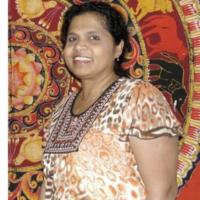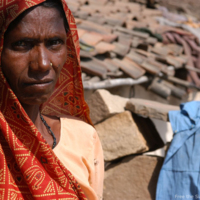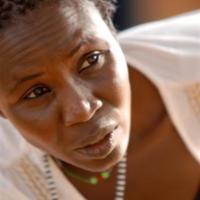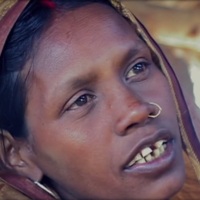
I needed money [to regain] our house: we had a debt of Rs. 70,000 [$625] to pay. My husband wanted me to come to Saudi Arabia. He said, ‘If you can earn enough money, we can get the house back.’ I had to come to pay the debt, there was no [other] choice.
Five of us all jumped [ran away]. It was on the ground floor, we escaped by putting a table in the bathroom, put a chair on a barrel and jumped. Otherwise, the agency people would beat us if we refused to go out and work.
Narrative as told to Human Rights Watch for their report “As If I Am Not Human”:Abuses against Asian Domestic Workers in Saudi Arabia.
All credit given.









